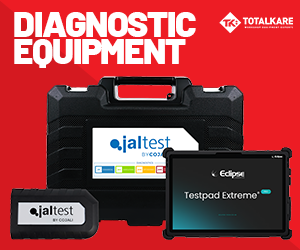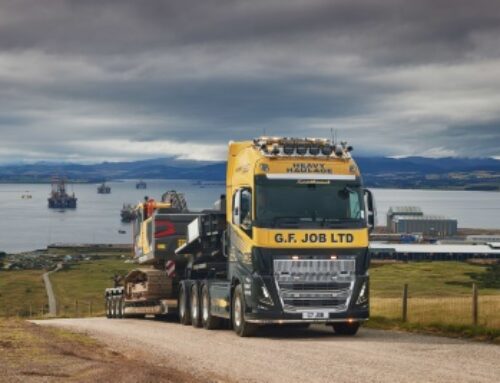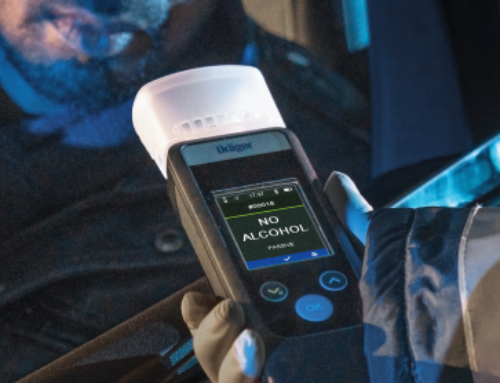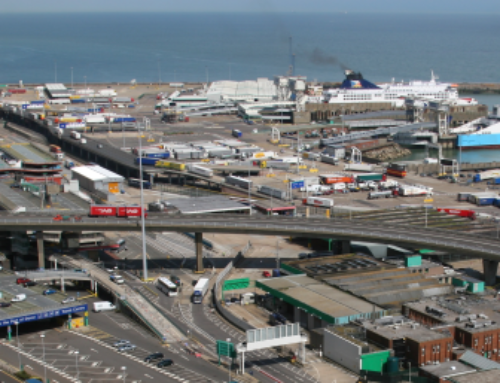Watt showcases electric van at NEC
 A new 3.5 – 4.25 gvw battery-electric van was unveiled by Watt Electric Vehicle Company (WEVC) at the CV Show.
A new 3.5 – 4.25 gvw battery-electric van was unveiled by Watt Electric Vehicle Company (WEVC) at the CV Show.
Developed in conjunction with bodybuilder Etrux, the Watt eCV1 weighs just 1,750kg unladen thanks to an innovative design which integrates the batteries into the vehicle structure.
There is a central driving position, which makes it easy for a delivery driver to climb in and out of both sides of the cab. The walk-through configuration makes the vehicle ideal for applications such as multi-drop parcel delivery.
The central driving position also enables eCV1 to be sold in both left- and right-hand drive markets without the need for major alterations.
A further benefit of the central driving position is that it has allowed the A-pillars to be repositioned inboard, thus reducing frontal area and drag, a key metric in designing an efficient electric commercial vehicle.
The Watt eCV1 exceeds European Small Series Type Approval standards, allowing the production of up to 5,000 units a year, and is the first step of a collaboration between WEVC and Etrux that will see a range of electric vehicles produced for the commercial market.
Based on a bonded aluminium chassis platform, the newcomer will come with a 160kW motor and either a 50kWh or a 100kWh battery pack.
Anticipated range is up to 235 miles and WEVC plans to produce front-wheel-drive, rear-wheel-drive, and 4×4 variants. The prototype uses a composite body, and eCV1 is designed with an expected life of up to 20 years. Opt for the 4.25-tonner and you should be able to shift a 2.3-tonne payload, says WEVC.
An extended life will help defray the likely front-end cost.
“Electric vans are more expensive than diesel vans, and that is not going to change any time soon,” observed WEVC chief executive officer, Neil Yates.
WEVC is making use of research and development facilities in Newquay in Cornwall and Pershore in Worcestershire, and Yates aims to build the eCV1 vehicles in a factory at a yet-to-be-determined location in the Midlands.
“We’ll have pre-production vehicles going into fleets in 2024 in advance of series production beginning in 2025,” he stated.












